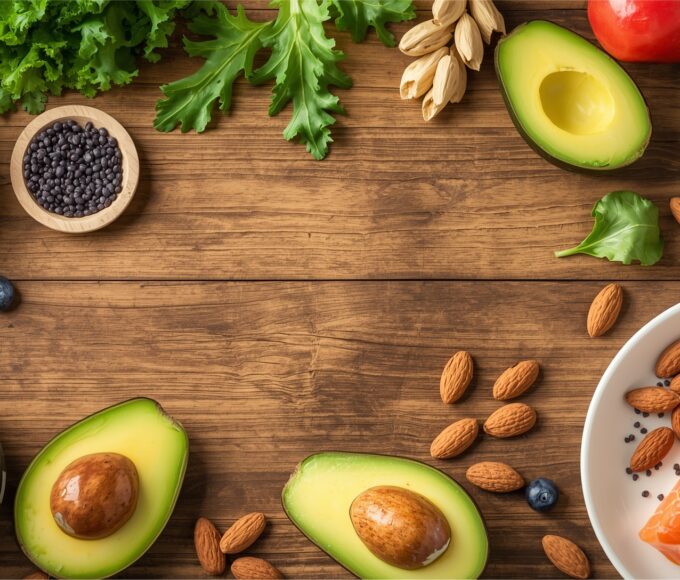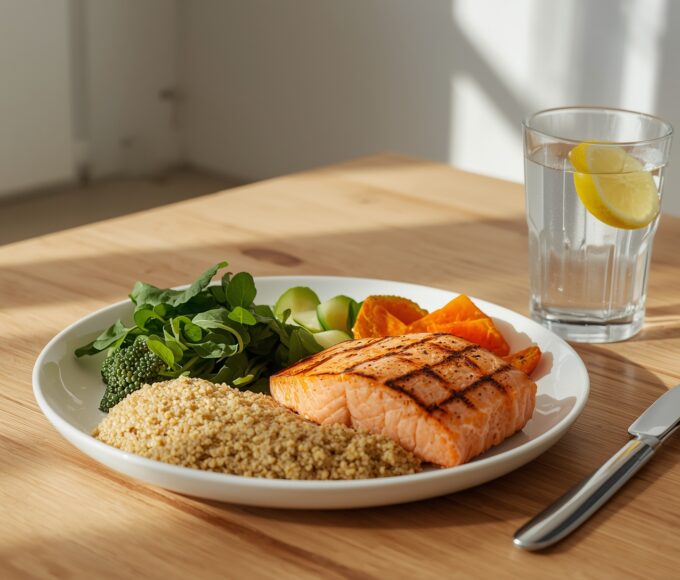When you think of strength training, you probably picture weights, sweat, and sore muscles. But beneath the surface, something even more powerful is happening — your hormones are responding.
Every rep, every lift, every drop of effort triggers a complex biochemical conversation between your muscles and your endocrine system. This dialogue is what drives muscle growth, fat loss, energy levels, and even your mood.
Let’s break down how strength training transforms your hormonal balance — and why understanding this science can unlock your full fitness potential.
1. The Hormonal Symphony of Strength Training
Your hormones are chemical messengers that regulate nearly every process in your body — from energy and recovery to muscle building and motivation.
During strength training, your body activates a cascade of hormonal responses to adapt to the stress of lifting weights. This adaptation is what leads to strength, endurance, and physical transformation.
The key players?
Testosterone
Growth Hormone (GH)
Insulin-like Growth Factor-1 (IGF-1)
Cortisol
Insulin
Endorphins
Let’s explore each and see how they help (or sometimes challenge) your progress.
2. Testosterone — The Power Hormone
What it does:
Testosterone is the superstar of strength training. It supports muscle protein synthesis, bone density, motivation, and even confidence.
How training affects it:
When you lift heavy weights — especially compound movements like squats, deadlifts, and bench presses — your body increases testosterone production.
Best triggers for testosterone release:
Lifting heavy (70–90% of your 1-rep max)
Short rest periods (60–90 seconds)
Engaging large muscle groups
Getting enough sleep and healthy fats in your diet
Pro tip: Overtraining or chronic sleep deprivation can reduce testosterone levels. Train hard — but recover harder.
🦴 3. Growth Hormone (GH) — The Sculptor
What it does:
Growth hormone is released by your pituitary gland and plays a huge role in tissue repair, fat metabolism, and muscle growth. It’s basically your body’s recovery architect.
How training affects it:
High-intensity, moderate-repetition workouts with shorter rest periods (30–60 seconds) significantly increase GH levels.
Fun fact: GH peaks during sleep — another reason why recovery and deep rest are essential for progress.
4. IGF-1 — The Growth Multiplier
What it does:
IGF-1 (Insulin-like Growth Factor 1) works hand-in-hand with growth hormone to promote muscle cell regeneration and tissue repair.
How training affects it:
Resistance training triggers GH release, which in turn stimulates the production of IGF-1 in your liver and muscles. The more consistent your training, the more efficient this loop becomes.
5. Insulin — The Energy Gatekeeper
What it does:
Insulin regulates blood sugar and helps shuttle nutrients — especially amino acids and glucose — into muscle cells after workouts.
How training affects it:
Strength training increases insulin sensitivity, meaning your muscles use carbohydrates more effectively for recovery and energy.
Takeaway: Post-workout meals with protein and carbs (like chicken and rice, or a protein shake with a banana) optimize this insulin response for better muscle repair.
6. Cortisol — The Double-Edged Sword
What it does:
Cortisol is often labeled the “stress hormone,” but it’s also vital for energy mobilization and training adaptation.
How training affects it:
Intense workouts spike cortisol temporarily — and that’s normal. The problem arises when cortisol remains chronically elevated due to overtraining, poor sleep, or mental stress.
Chronic cortisol effects:
Slower recovery
Muscle breakdown
Increased belly fat
Balance cortisol by managing stress, getting 7–9 hours of sleep, and including rest days in your program.
7. Endorphins — The Natural High
What they do:
Endorphins are your brain’s feel-good chemicals. They reduce pain, improve mood, and create that “post-workout high” that keeps you coming back.
How training affects them:
Strength training, especially with intensity, releases endorphins that fight fatigue and boost motivation. It’s one of the reasons lifting can feel addictively good once you start.
8. The Balance: How to Optimize Your Hormones Naturally
To get the best hormonal response from strength training:
Train consistently: 3–5 days per week of structured resistance training.
Prioritize sleep: GH and testosterone peak during deep rest.
Eat balanced meals: Include lean proteins, healthy fats, and whole carbs.
Avoid chronic stress: High cortisol undermines all your progress.
Take recovery seriously: Rest days allow hormones to reset.


















Leave a comment